Seaside Gardening Issues: Common Issues Affecting Coastal Gardens
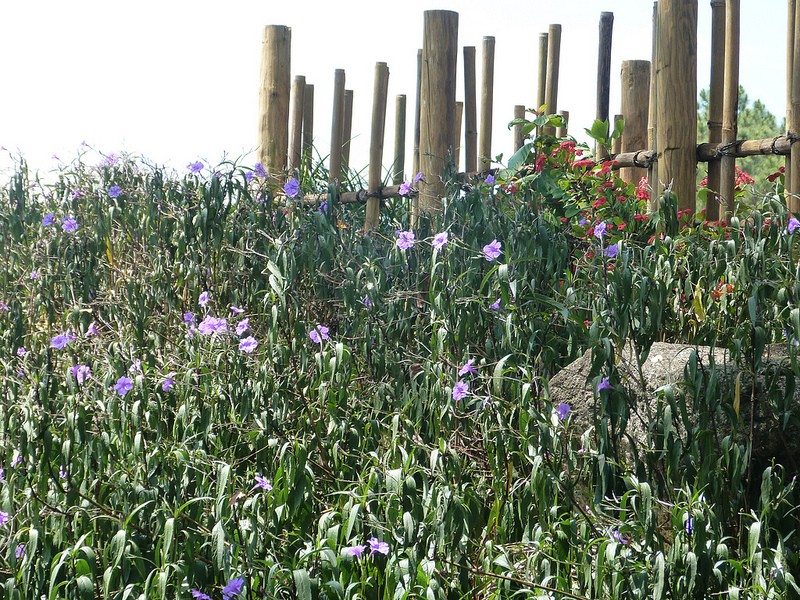
Issues affecting coastal gardens mainly stem from wind, salt spray, periodic storm waves that may ravage inland, and the ever shifting sand. These seaside garden problems, which may cause not only erosion but batter the garden landscape, can be thwarted or at least tamed. In the body of this article, we will tackle the question of how to handle problems with seaside gardening.
How to Handle Problems with Seaside Gardening
Seaside gardening issues are a direct result of constantly fluid conditions mostly resulting from wind, salt, and sand assaults. The goal then of coastal landscaping is to ensure continuity of the landscape, preservation of the delicate ecosystem, habitat for wildlife, and minimization of storm and other erosion damage-- including flooding.
Remedies for Seaside Gardening: Windbreaks
Before picking and planting anything in the coastal garden, it may be advisable to plant or construct a windbreak. Windbreaks may be permanent or temporary and comprised of shrubbery or other foliage or constructed of man-made material. You can create wind screens with fences, sturdy shrubs, or groups of trees. This will help protect your landscape plants from high winds, and create your personal oasis. Permeable windbreaks are the most desirable because they reduce turbulence while protecting from seaside gardening problems caused by fierce winds. Wind issues affecting coastal gardens may be thwarted with a permeable windbreak that reduces the wind velocity by 50% at a distance ten times the height on the windbreak, and even more at 6 to 1 time the height. Keep in mind that your windbreak should be placed crosswise to the direction of the prevailing winds. Windbreaks will also protect from sand blast issues affecting coastal gardens. Sand blast-like wind and salt will kill seedlings and bruise and blacken more mature plants. An artificial wind/sand blast screen can be achieved with a belt of shelter trees additionally protected with an open fence of two bar wooden structures interwoven with foliage of spruce or gores. Another option for smaller garden is a fence of wood, 1 inch (2.5 cm.) wide, with spaces between of like size set vertically on wood framework with sturdy posts driven into the ground.
Seaside Garden Problems: Plant Choices
When attempting to work against nature by attempting to maintain lawns or ornamental gardens, the gardener will undoubtedly be plagued with seaside gardening issues, so it is best to work within the natural environment and utilize plantings that are indigenous to the ecosystem and through the process of natural selection are most adapted. By using native plants, one will be more likely to avoid seaside garden problems and simultaneously improve wildlife habitat, stabilize dunes or cliffs that are prone to erosion, and offer a low maintenance solution. Some non-native plants may also be acceptable as long as they are non-invasive species. A side note, before digging with either shovel or backhoe, one should check with the local Conservation Commission to check regarding requirements.
Remedies for Seaside Garden Problems: Grasses
Grasses are an excellent choice for the coastal garden, naturally aiding in dune or hillside stabilization and acting as a buffer from sand, salt, and wind for more delicate plants. Some choices which will retard issues affecting coastal gardens and are good for dry sandy areas are:
- American beachgrass (Ammophila breviligulata)
- Dusty miller (Artemisia stelleriana)
- Beach pea (Lathyrus japonicus)
- Saltmeadow Cordgrass (Spartina patens)
- Sea rocket (Cakile edentula)
- Seaside goldenrod (Solidago sempervirens)
These grasses are primary dune systems and act as glue to hole the dune together. Beyond the reach of wave action, grasses native to secondary dune systems are good choices for windswept areas. These include:
- Beach heather (Hudsonia tomentosa)
- Virginia creeper (Parthenocissus quinquefolia)
- Lowbush blueberry (Vaccinium angustifolium)
- Northern bayberry (Myrica pensylvanica)
- Beach plum (Prunus maritima)
- Pitch pine (Pinus rigida)
- Eastern red cedar (Juniperus virginiana)
- White oak (Quercus alba)
Other grasses that do well in wet to saturated soil are black grass (Juncus gerardii) and spike grass (Distichlis spicata).
Gardening tips, videos, info and more delivered right to your inbox!
Sign up for the Gardening Know How newsletter today and receive a free copy of our e-book "How to Grow Delicious Tomatoes".
Remedies for Seaside Garden Problems: Wildlife Habitat
One of the goals of seaside gardening is to maintain the habitat of local wildlife. There are certain plants to consider encouraging this habitat. A few of these are bayberry berries (Myrica pensylvanica) and beach plum (Prunus maritime). Cover for Terns, Piping Plovers, and American Oystercatchers can be provided by planting:
- seabeach sandwort (Honckenya peploides)
- sea rocket (Cakile edentula)
- dune grass (Leymus mollis)
- beach pea (Lathyrus japonicus)
- seaside goldenrod (Solidago sempervirens)
The most important thing is to choose salt-tolerant plants, especially if you live within an eighth of a mile of the coast. These include:
- vines such as bougainvillea
- groundcovers like sea oats
- shrubs like wax myrtle
Be sure to water your plants until they're established, and as needed after that. Protect native plants already growing in your landscape, as they're naturally adapted to coastal conditions.

Amy Grant has been gardening for 30 years and writing for 15. A professional chef and caterer, Amy's area of expertise is culinary gardening.
-
 Get Ready For A Summer Of Hummers! Grow These Full Sun Hummingbird Plants and Flowers
Get Ready For A Summer Of Hummers! Grow These Full Sun Hummingbird Plants and FlowersIf you’re lucky enough to enjoy a sunny backyard, make sure you are maxing out on your pollinator opportunities and grow these full sun hummingbird plants and flowers
By Tonya Barnett
-
 12 Lush Alternatives To A Lawn For Sustainable Spaces
12 Lush Alternatives To A Lawn For Sustainable SpacesAlternatives to a lawn are beautiful and also beneficial to your local ecosystem and its pollinators. Explore our top picks for plants to replace grass.
By Tonya Barnett
-
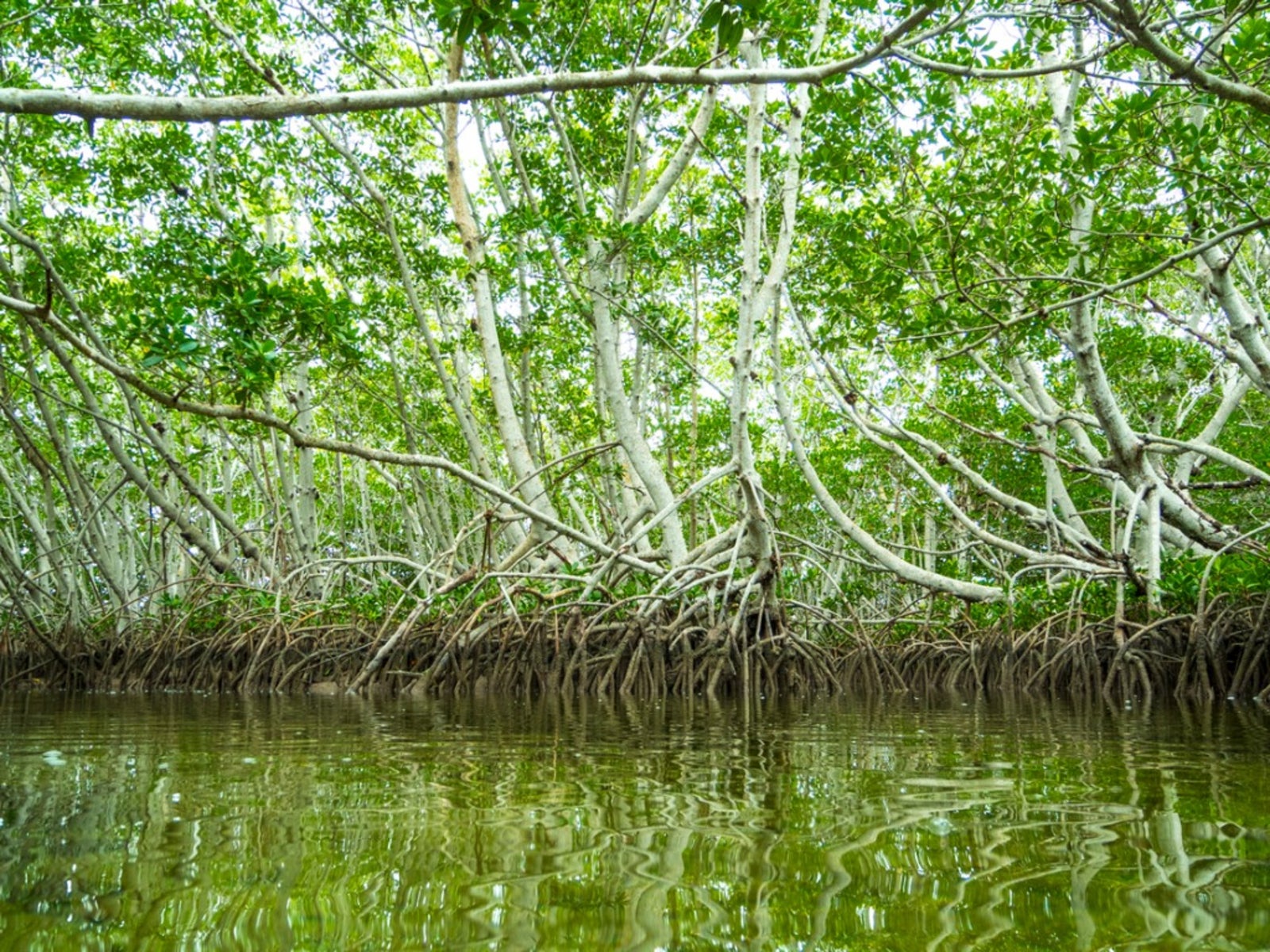 What Is A Maritime Forest – Trees And Shrubs For Maritime Environments
What Is A Maritime Forest – Trees And Shrubs For Maritime EnvironmentsWhat are the most common trees and shrubs for maritime forests? Read on for info on maritime forest plants.
By Teo Spengler
-
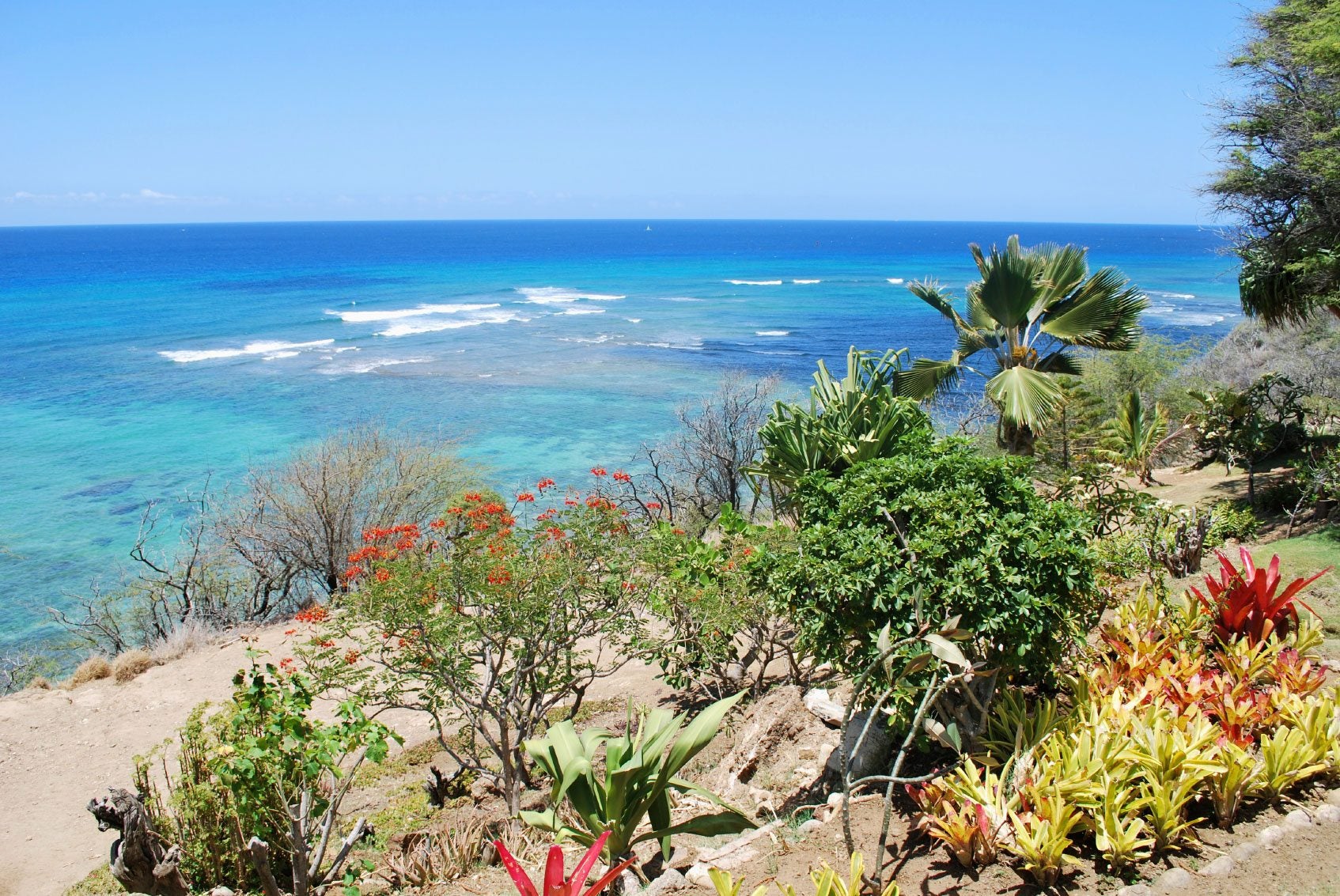 Seaside Garden Basics: Planning And Maintaining Gardens Near Ocean Fronts
Seaside Garden Basics: Planning And Maintaining Gardens Near Ocean FrontsSeaside landscaping presents unique challenges. Seaside gardens call for plants that thrive in the face of adversity. The information in this article can help when planning coastal gardens.
By Jackie Carroll
-
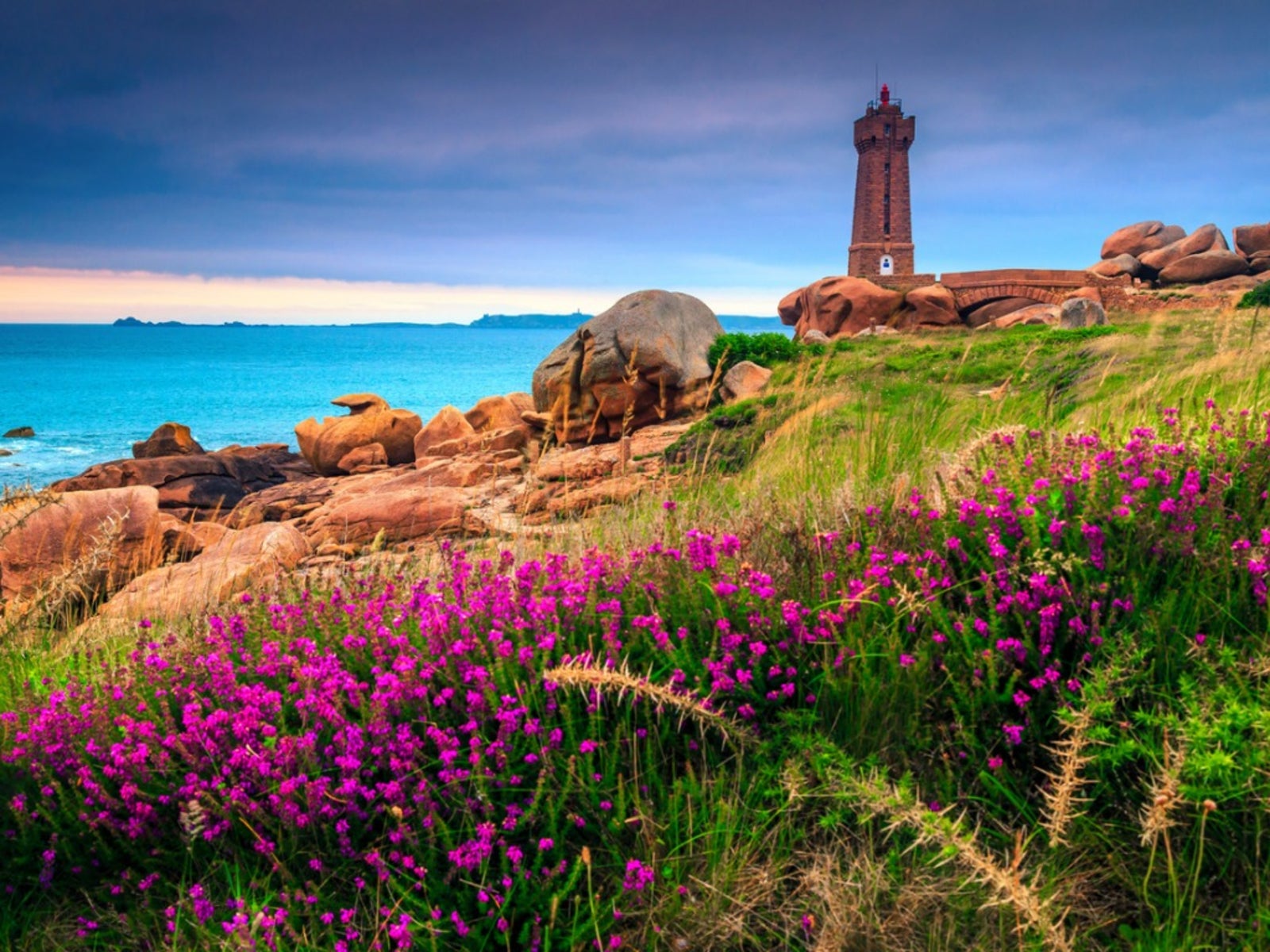 Best Seaside Garden Plants: Choosing Plants For A Seaside Garden
Best Seaside Garden Plants: Choosing Plants For A Seaside GardenIf you're lucky enough to live near the beach, you'll want great seaside plants to show off your garden. Choosing seaside plants is not difficult, once you learn what to look for, and this article can help.
By Becca Badgett
-
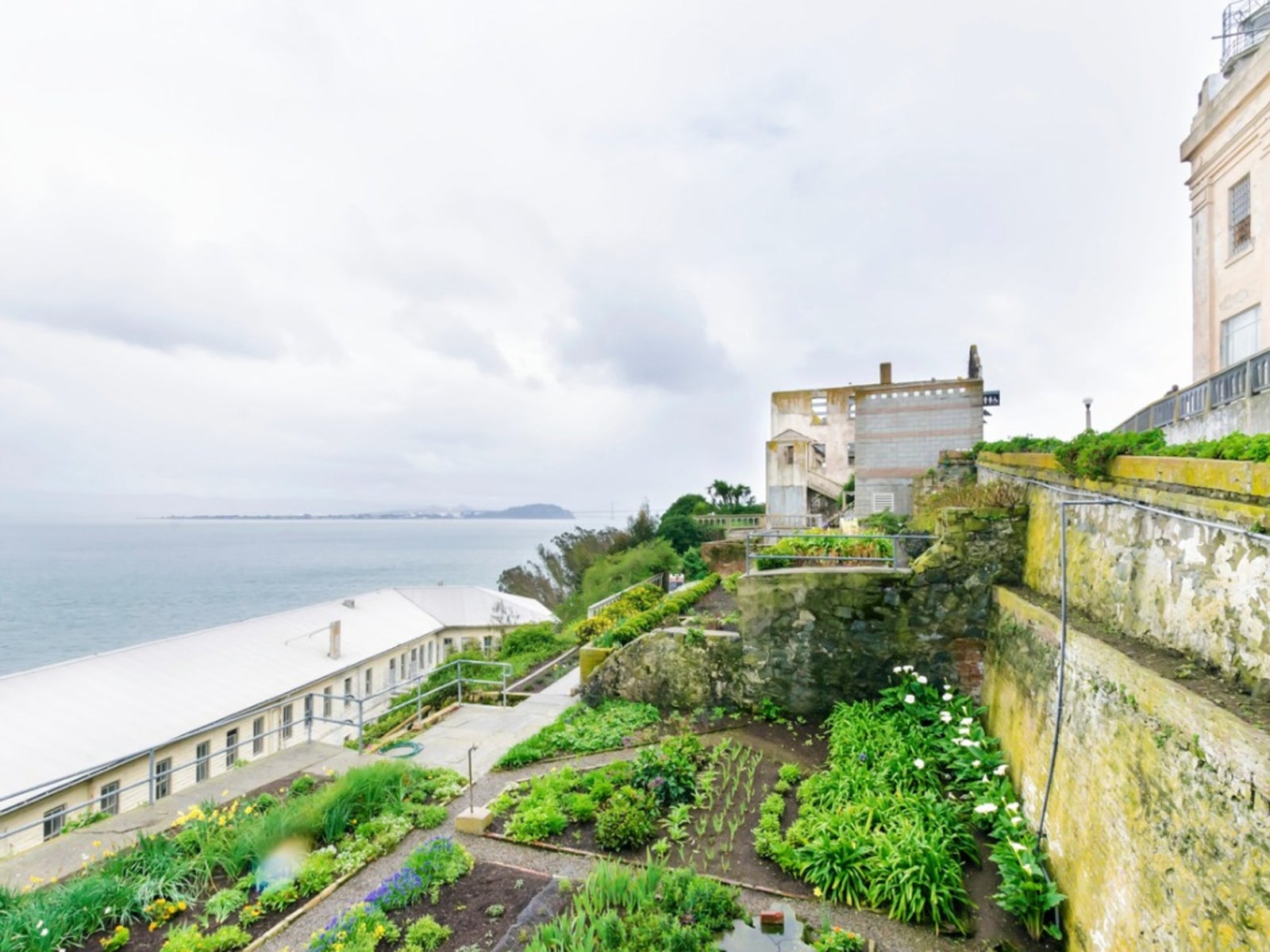 Seaside Vegetable Garden: Tips For Growing Vegetables On Coast
Seaside Vegetable Garden: Tips For Growing Vegetables On CoastMost plants have little tolerance to high levels of salt, especially vegetables. The sodium draws moisture out of the plant and it can burn roots. This article will help with growing veggies near the sea.
By Bonnie L. Grant
-
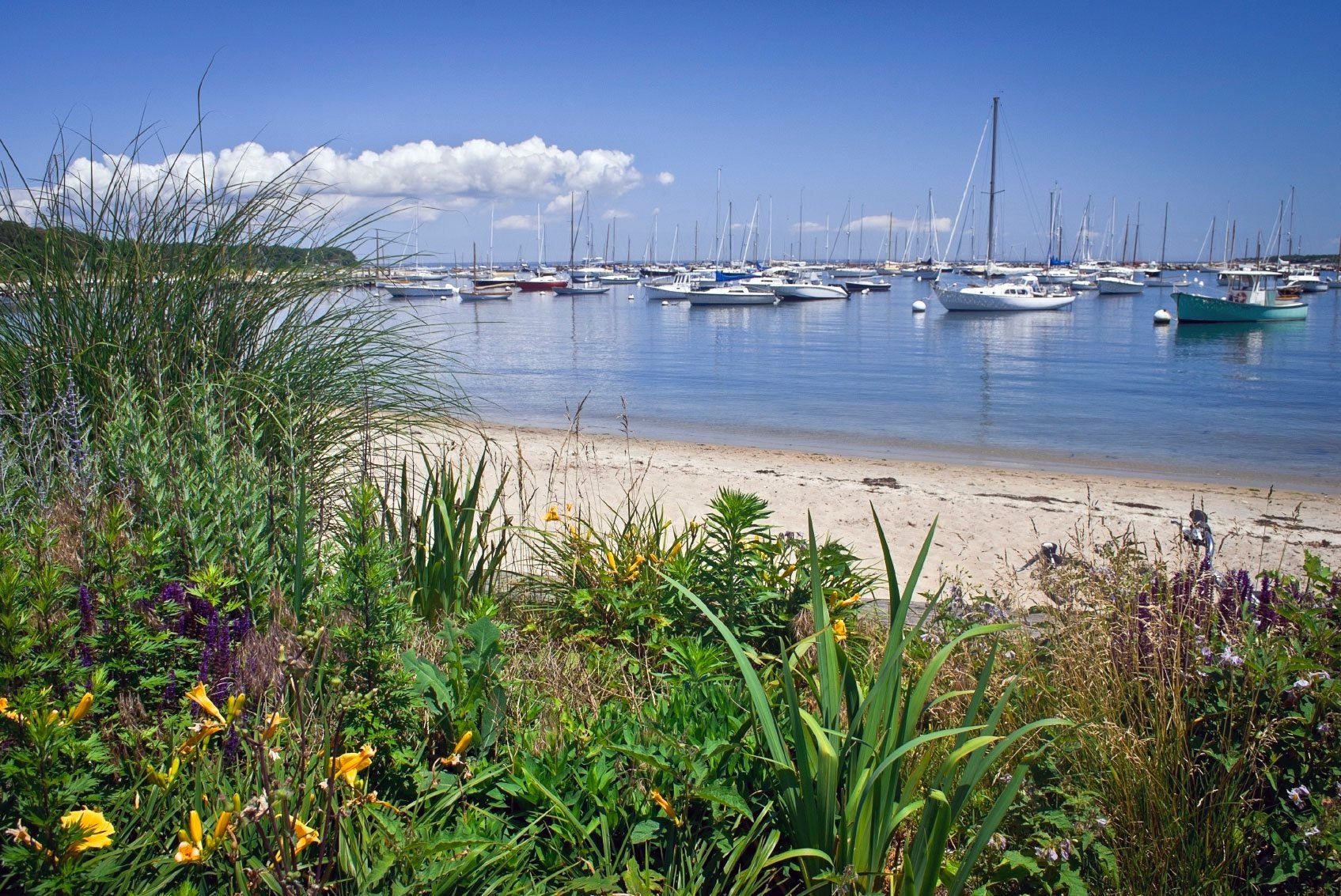 Plants For Gardening With Salt Water Soil
Plants For Gardening With Salt Water SoilSalty soils occur when sodium builds up in the soil. Even runoff from winter salt spray can create a microclimate in need of salt resistant gardens. This article can help with choosing salt tolerant plants.
By Jackie Rhoades
-
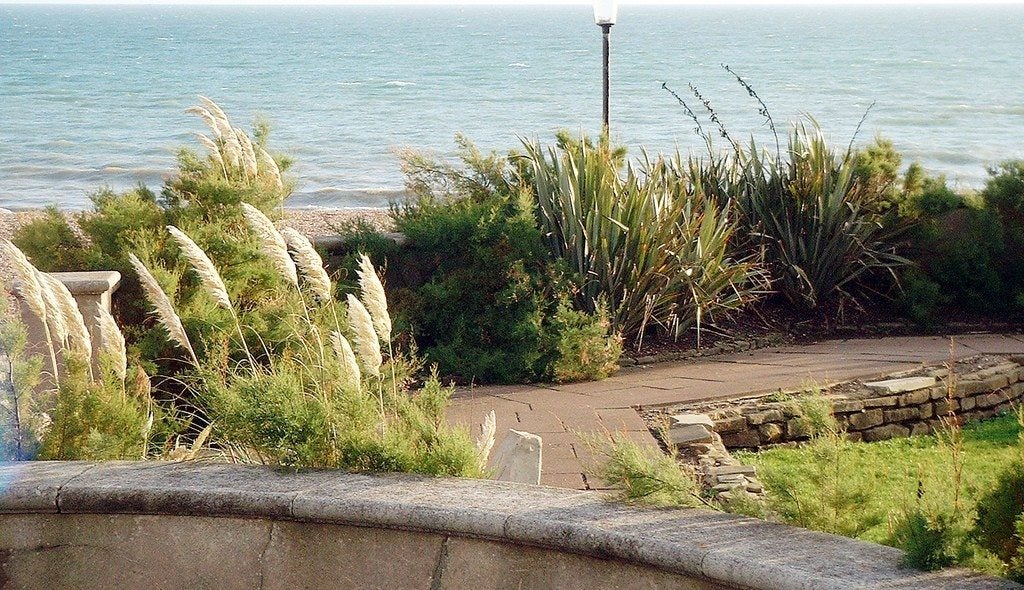 Seaside Gardens - Catch The Wave With Seaside Gardening
Seaside Gardens - Catch The Wave With Seaside GardeningThe natural conditions along the coast can create a hostile environment for garden plants. Seaside gardening away from these conditions also presents challenges for the gardener. Learn more here.
By Nikki Tilley